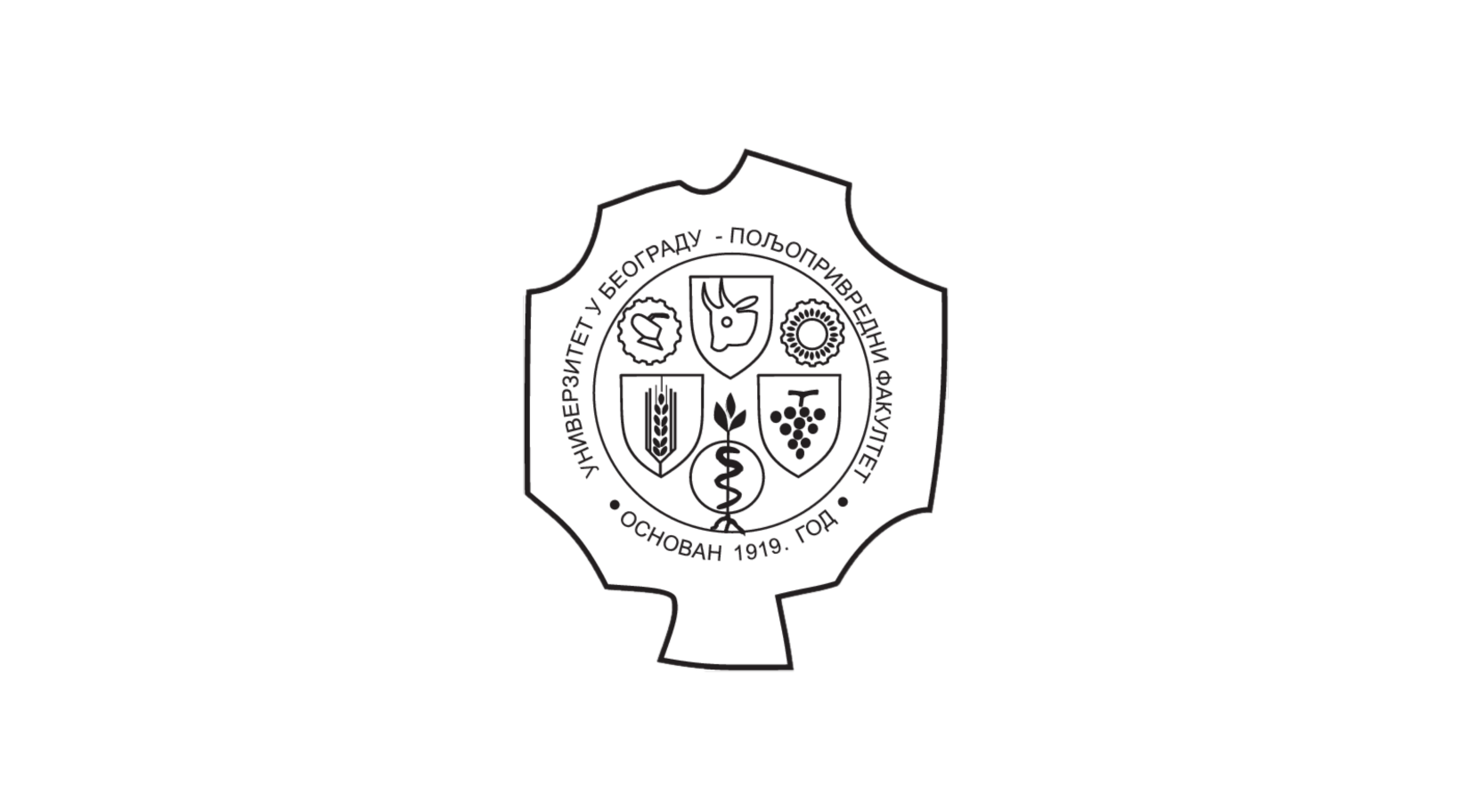Evaluation of different methods for determining growing degree-day thresholds in apricot cultivars
Само за регистроване кориснике
2010
Чланак у часопису (Објављена верзија)

Метаподаци
Приказ свих података о документуАпстракт
The aim of this study was to examine different methods for determining growing degree-day (GDD) threshold temperatures for two phenological stages (full bloom and harvest) and select the optimal thresholds for a greater number of apricot (Prunus armeniaca L.) cultivars grown in the Belgrade region. A 10-year data series were used to conduct the study. Several commonly used methods to determine the threshold temperatures from field observation were evaluated: (1) the least standard deviation in GDD; (2) the least standard deviation in days; (3) the least coefficient of variation in GDD; (4) regression coefficient; (5) the least standard deviation in days with a mean temperature above the threshold; (6) the least coefficient of variation in days with a mean temperature above the threshold; and (7) the smallest root mean square error between the observed and predicted number of days. In addition, two methods for calculating daily GDD, and two methods for calculating daily mean air tempera...tures were tested to emphasize the differences that can arise by different interpretations of basic GDD equation. The best agreement with observations was attained by method (7). The lower threshold temperature obtained by this method differed among cultivars from -5.6 to -1.7A degrees C for full bloom, and from -0.5 to 6.6A degrees C for harvest. However, the "Null" method (lower threshold set to 0A degrees C) and "Fixed Value" method (lower threshold set to -2A degrees C for full bloom and to 3A degrees C for harvest) gave very good results. The limitations of the widely used method (1) and methods (5) and (6), which generally performed worst, are discussed in the paper.
Кључне речи:
Threshold temperature / Growing degree-days / Apricot / Full bloom / HarvestИзвор:
International Journal of Biometeorology, 2010, 54, 4, 411-422Издавач:
- Springer, New York
Финансирање / пројекти:
- Нове сорте, селекције и технологије гајења као фактори интензивирања воћарске производње (RS-MESTD-MPN2006-2010-20103)
DOI: 10.1007/s00484-009-0292-6
ISSN: 0020-7128
PubMed: 20033431
WoS: 000279302700009
Scopus: 2-s2.0-77954217807
Институција/група
Poljoprivredni fakultetTY - JOUR AU - Ruml, Mirjana AU - Vuković, Ana AU - Milatović, Dragan PY - 2010 UR - http://aspace.agrif.bg.ac.rs/handle/123456789/2324 AB - The aim of this study was to examine different methods for determining growing degree-day (GDD) threshold temperatures for two phenological stages (full bloom and harvest) and select the optimal thresholds for a greater number of apricot (Prunus armeniaca L.) cultivars grown in the Belgrade region. A 10-year data series were used to conduct the study. Several commonly used methods to determine the threshold temperatures from field observation were evaluated: (1) the least standard deviation in GDD; (2) the least standard deviation in days; (3) the least coefficient of variation in GDD; (4) regression coefficient; (5) the least standard deviation in days with a mean temperature above the threshold; (6) the least coefficient of variation in days with a mean temperature above the threshold; and (7) the smallest root mean square error between the observed and predicted number of days. In addition, two methods for calculating daily GDD, and two methods for calculating daily mean air temperatures were tested to emphasize the differences that can arise by different interpretations of basic GDD equation. The best agreement with observations was attained by method (7). The lower threshold temperature obtained by this method differed among cultivars from -5.6 to -1.7A degrees C for full bloom, and from -0.5 to 6.6A degrees C for harvest. However, the "Null" method (lower threshold set to 0A degrees C) and "Fixed Value" method (lower threshold set to -2A degrees C for full bloom and to 3A degrees C for harvest) gave very good results. The limitations of the widely used method (1) and methods (5) and (6), which generally performed worst, are discussed in the paper. PB - Springer, New York T2 - International Journal of Biometeorology T1 - Evaluation of different methods for determining growing degree-day thresholds in apricot cultivars EP - 422 IS - 4 SP - 411 VL - 54 DO - 10.1007/s00484-009-0292-6 ER -
@article{
author = "Ruml, Mirjana and Vuković, Ana and Milatović, Dragan",
year = "2010",
abstract = "The aim of this study was to examine different methods for determining growing degree-day (GDD) threshold temperatures for two phenological stages (full bloom and harvest) and select the optimal thresholds for a greater number of apricot (Prunus armeniaca L.) cultivars grown in the Belgrade region. A 10-year data series were used to conduct the study. Several commonly used methods to determine the threshold temperatures from field observation were evaluated: (1) the least standard deviation in GDD; (2) the least standard deviation in days; (3) the least coefficient of variation in GDD; (4) regression coefficient; (5) the least standard deviation in days with a mean temperature above the threshold; (6) the least coefficient of variation in days with a mean temperature above the threshold; and (7) the smallest root mean square error between the observed and predicted number of days. In addition, two methods for calculating daily GDD, and two methods for calculating daily mean air temperatures were tested to emphasize the differences that can arise by different interpretations of basic GDD equation. The best agreement with observations was attained by method (7). The lower threshold temperature obtained by this method differed among cultivars from -5.6 to -1.7A degrees C for full bloom, and from -0.5 to 6.6A degrees C for harvest. However, the "Null" method (lower threshold set to 0A degrees C) and "Fixed Value" method (lower threshold set to -2A degrees C for full bloom and to 3A degrees C for harvest) gave very good results. The limitations of the widely used method (1) and methods (5) and (6), which generally performed worst, are discussed in the paper.",
publisher = "Springer, New York",
journal = "International Journal of Biometeorology",
title = "Evaluation of different methods for determining growing degree-day thresholds in apricot cultivars",
pages = "422-411",
number = "4",
volume = "54",
doi = "10.1007/s00484-009-0292-6"
}
Ruml, M., Vuković, A.,& Milatović, D.. (2010). Evaluation of different methods for determining growing degree-day thresholds in apricot cultivars. in International Journal of Biometeorology Springer, New York., 54(4), 411-422. https://doi.org/10.1007/s00484-009-0292-6
Ruml M, Vuković A, Milatović D. Evaluation of different methods for determining growing degree-day thresholds in apricot cultivars. in International Journal of Biometeorology. 2010;54(4):411-422. doi:10.1007/s00484-009-0292-6 .
Ruml, Mirjana, Vuković, Ana, Milatović, Dragan, "Evaluation of different methods for determining growing degree-day thresholds in apricot cultivars" in International Journal of Biometeorology, 54, no. 4 (2010):411-422, https://doi.org/10.1007/s00484-009-0292-6 . .


